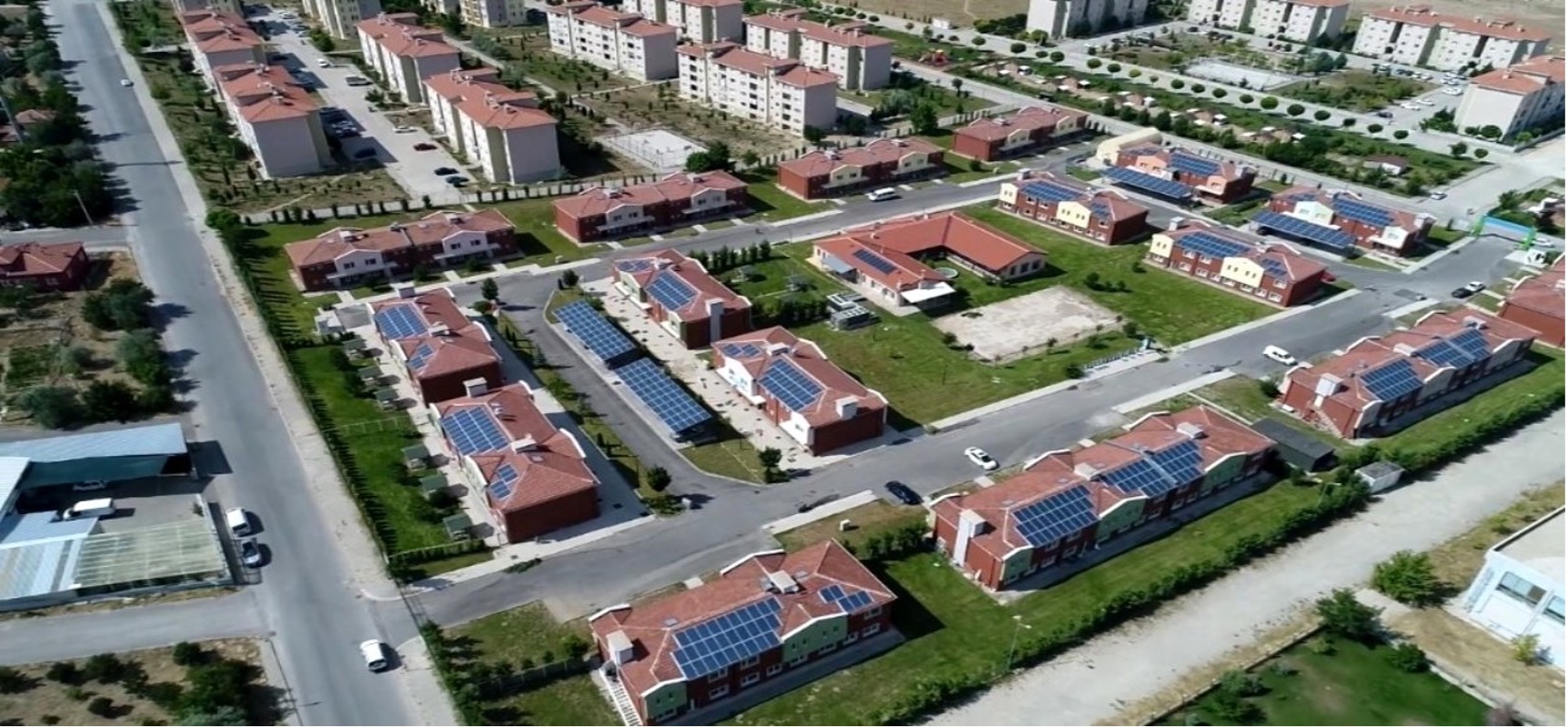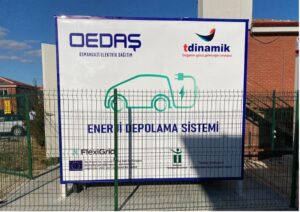
OEDAS is preparing for future scenarios and new business models in the electricity distribution network.
In parallel with the increasing number of electric vehicles and distributed energy resources both in the world and in Turkey, it is inevitable that new roles to be assumed by distribution system operators, DSOs will emerge. It is known that the energy flow, which is mostly unidirectional in the traditional electrical grids, will be bidirectional at most points with the increasing number of distributed generation resources. This situation will create certain problems for the distribution companies as well as provide additional opportunities for electrical grid.
Undesired problems may occur during the operation of resources such as energy storage systems and solar cells together with the grid. However, the optimum management of such distributed resources creates opportunities for distribution companies to control voltage and frequency. Also, in line with the goals of reducing carbon emissions and increasing of electrification, electric vehicles, which are becoming more and more widespread, will also put an extra load on the distribution network. Uncoordinated management of this load will invite many problems, especially overloading in distribution network equipment. However, this problem can be alleviated with load management scenarios that can be realized with smart charging processes, and the situation can even be turned into an advantage at certain points with new technologies such as Vehicle-2-Grid, V2G.

FlexiGrid’s Turkish DSO partner OEDAS’s demo site.
Flexibility to the distribution network
For these reasons, OEDAS attaches importance to the FlexiGrid project and its outputs, in line with the objectives of experiencing the relevant scenarios. OEDAS will conduct a demo case to provide flexibility to the distribution network within the scope of the project and for this purpose a 30 kWh battery storage system with 2 electric vehicle charging stations, one of which is V2G compatible, were placed in the OEDAS pilot area.
The main purpose of the battery storage system is to provide flexibility to the system by discharging it during electric vehicle charging with a high-speed charging station. Charging and discharging activities of storage system will be managed by local EMS. With electric vehicle charging stations, it is aimed to balance the daily load in the connected transformer and to eliminate or shift the peaks that occur during the day with the smart charging experience. All V1G and V2G processes will be carried out with common.

FlexiGrid tests V2G in Turkey.
Managing the energy system
The energy management system to be used within the scope of the project and flexibility will be provided to the system when the need for flexibility arises. Also, with a mobile application, information such as the charging preferences of the user, their return time to parking lot and the percentage of charge that they desire to see when they return to parking lot will be obtained and by using this information, smart charging of EVs will be performed during this period.
OEDAS has completed the installation process of related hardwares within the scope of the project and is currently working on the integration of the relevant devices. With the completion of the studies, it will soon start testing the system and performing demo activities.
